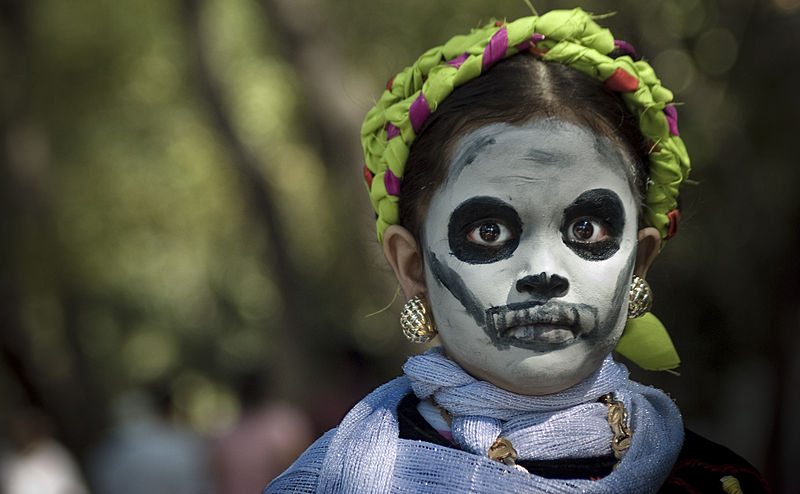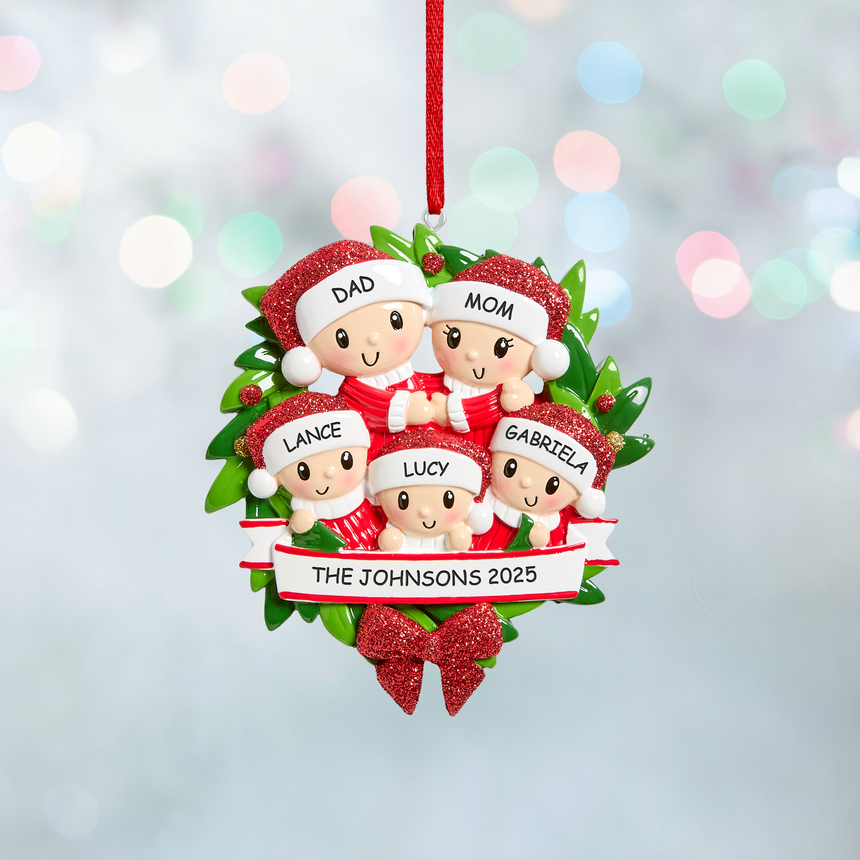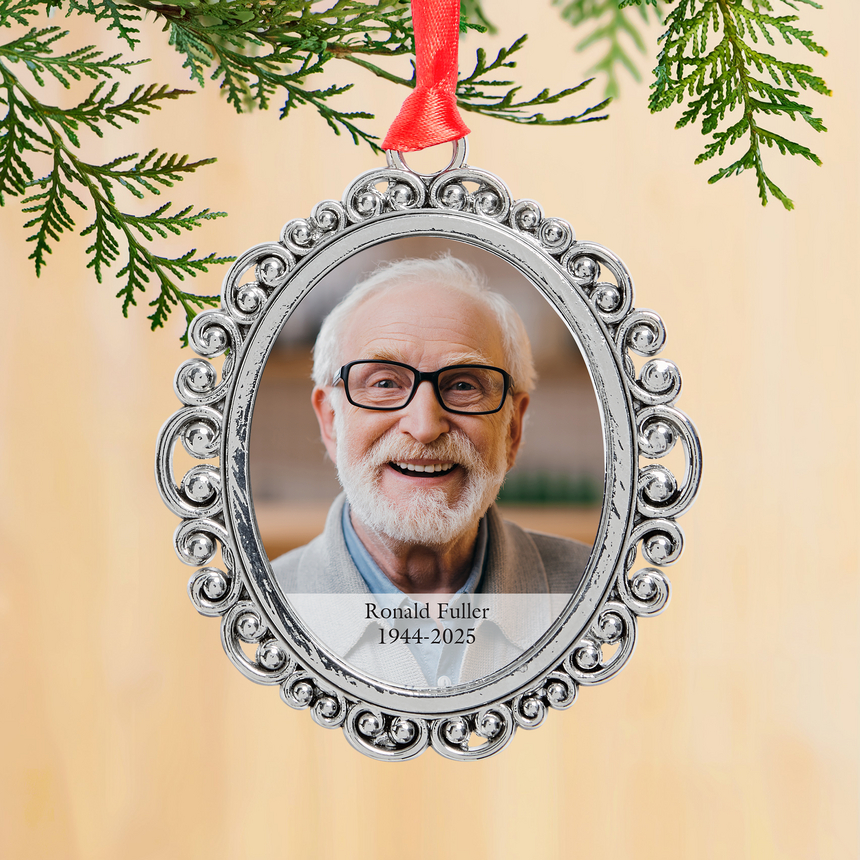Related Articles
Mexico's Halloween
 Photo by Eneas De Troya
Photo by Eneas De Troya
Dia de los Muertos (Day of the Dead) is a centuries old celebration honoring the loss of a family member or friend. It is not a sad ritual but rather a celebration of the spirit of the person who has passed. Through traditional rituals and the use of decorative altars (ofrendas), festive skeletons and intricately detailed and festooned skulls (calaveras), the event is for remembering the departed soul in a positive and happy manner. The ancient rituals involved with the Day of the Dead play a significant role in the beliefs of the Latino community living in countries around the world. Each year, the two-day celebration takes place on November 1 and 2 in Mexico, Europe, Central America, South America, and the United States.
Origins/History
The Dia de los Muertos celebration dates back an estimated 3000 years. It was a celebration first initiated by the indigenous people of Mexico celebrating the life and death of loved ones. When Spanish conquistador Hernan Cortez invaded the Aztec Empire in Mexico in 1519 and ultimately defeated the empire in 1521, converting the indigenous people of the country to the Catholic religion was a priority but was not successful. Instead, a blending of the traditional rituals of the Day of the Dead celebrations with Catholic traditions evolved. Today, elements of both are apparent in festival activities and events.
The celebration traditionally begins on November 1 – All Saints’ Day – and continues on November 2 – All Souls’ Day. The date is in close proximity to October 31 – All Hallow’s Eve – another celebration of the dead with ancient ties to Ireland and Scotland. Like many celebrations around the world for the departed souls, the two days in November are a time of fun festivities, activities, and offerings, as well as an opportunity for friends and families to socialize in remembrance of those who have passed. While The Day of the Dead sounds foreboding, it is just the opposite, with families enjoying every aspect of the event with music, singing, dancing, elaborate costumes and make-up, eating, and drinking.
- Dia de los Muertos Altar
- Dia de los Muertos
- Smithsonian Theater of the Dead
- About Day of the Dead
- Celebration, History & Origins
Beliefs
In anticipation of the return of spirits on Dia de los Muertos, families prepare gravesites and family tombs with festive decorations. Symbolic altars are created in the home and at the cemetery using cutouts of frolicking skeletons made of tissue paper or papier-mâché and decorated skulls made from ceramic, clay, or sugar. These decorative altars have a variety of food, drink, personal mementos, and photographs of the deceased displayed to entice the soul home. Scent is important in the rituals. Incense is burned, candles lit, and marigolds, which date back to an Aztec tradition, are placed at the altars so the fragrance will guide a soul home.
It is believed the dead like sweets and items such as pan de muerto – bread of the dead – sweet breads, candy, and decorated sugar skulls are all offered to the spirits. Once the spirits consume the essence of the offering, revelers eat the offerings.
- Beliefs of Dia de los Muertos
- A Fusion of Beliefs
- Mexico Celebrates Life
- Why Mexicans Celebrate Day of the Dead
- Understanding Dia de los Muertos
Celebrations Outside of Mexico
The Day of the Dead is celebrated in cities and countries around the world. In the US, it is not unusual for the celebration to last anywhere from a week to a month. In Longmont, Colorado, the month-long event includes a community altar so everyone can participate as a group and a fiesta. San Francisco and Los Angeles celebrations include parade processions, food vendors, artistic works, music, customary pan de muerto sweet bread, and traditional altars throughout the event area.
Guatemalans celebrate their Day of the Dead much like the Mexican community with decorative altars and gravestones, food, and marigolds. In addition to the traditional celebration activities, the festivities include massive, colorful kites that serve as a guide for souls to find their way home.
In Spain, November 1 and 2 are school holidays in honor of the event. Families bring flowers to gravesites to honor the dead. Bolivians include the ritual of having a relative’s skull blessed at a local chapel. The belief is the skulls will ward off evil spirits and bring good luck to the family. The Phillippines and Haiti both celebrate Dia de los Muertos with gatherings of family at the cemetery to honor the dead with food, drink, music, and flowers.
- Longmont Museum Day of the Dead Celebration
- Celebrations Around the US
- Day of the Dead: 5 Places to Celebrate
- Day of the Dead in a Guatemalan Graveyard
- Images of a Day of the Dead Celebration
Creating enticing altars to guide departed soul’s home with decorative cutouts, making masks, baking bread, and making sugar skulls are all part of the Day of the Dead rituals. Prior to the beginning of the two-day event, shopkeepers in the marketplace sell an assortment of flowers, baked items, candies, toys, and decorative cutouts. To involve children in the process of learning about honor and tradition and what they can do to be a part of the Day of the Dead, whether at home or at school, consider one of these creative projects.
- AZCentral Day of the Dead Teachers Packet
- The Art of Mexican Cut Paper
- The Alma Project
- Day of the Dead Mini Unit
- Make Your Own Altar
- Celebrating Hispanic Culture
- Making Mexican Papel Picado
- Create a Dia de los Muertos Altar
- Day of the Dead Mexican Crafts
- Free Printable Day of the Dead Crafts
- Making Sugar Skulls
- Sugar Skull Decorating Parties
- Dia de los Muertos Resources
- Day of the Dead Webquest
- Day of the Dead Food and Drink



















